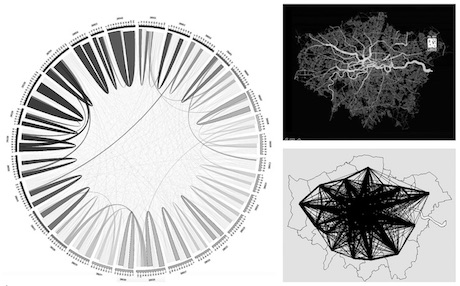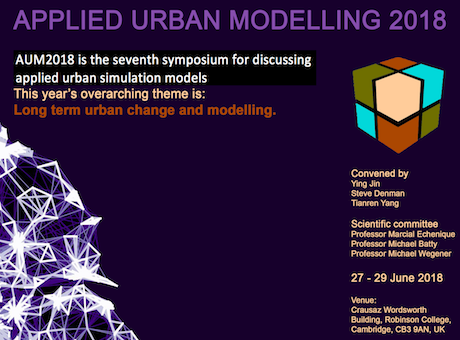If you wish to purchase a copy, see panel on right
We cannot predict future cities, but we can invent them.
Cities are largely unpredictable because they are complex systems that are more like organisms than machines. Neither the laws of economics nor the laws of mechanics apply; cities are the product of countless individual and collective decisions that do not conform to any grand plan. They are the product of our inventions; they evolve. In Inventing Future Cities, I explore what we need to understand about cities in order to invent their future
This book attempts to communicate many of the ideas concerning science, prediction and complexity that have been useful in thinking about cities and urban planning in the last fifty years.
Endorsements
- “With a clear voice and compelling vision, Batty provides a roadmap for urban invention and reinvention in the unpredictable twenty-first century, with an eye for the interplay between technology and urban form. A significant contribution to the field of urban planning and urbanism more broadly.” Edward Glaeser, Fred and Eleanor Glimp Professor of Economics, Harvard University; author of Triumph of the City
- “This is an inspiring book filled with thought-provoking ideas, from the intriguing tension between predictability and unpredictability of future cities to complexity theory and smart cities. Its tremendous scope will greatly enrich our understanding and thinking about past, present, and future cities.” Mei-Po Kwan, Professor of Geography and Geographic Information Science, University of Illinois at Urbana–Champaign; coeditor of Space-Time Integration in Geography and GIScience: Research Frontiers in the U.S. and China
- “With Inventing Future Cities, Mike Batty provides a fresh look at the future of an urbanizing world. Weaving together history and spatial theory with scenario analysis, Batty examines what future patterns and distributions of cities may look like in an era of disruptive technologies and global connectivity. This volume is a must-read for anyone interested in our urban future.” Karen C. Seto, Frederick C. Hixon Professor of Geography and Urbanization Science, Yale School of Forestry and Environmental Studies
- “Against the rising optimism in the growth of urban science and the predictive power of big data in service to urban improvement, Michael Batty draws on his decades of research to caution that, in his view, there may be limits to our knowledge of cities as complex systems. Those who seek to make progress in understanding how cities work—as scientists, scholars, or policy makers—will benefit from considering the challenges raised by this book.” Luís M. A. Bettencourt, Pritzker Director of the Mansueto Institute for Urban Innovation, University of Chicago
- “Michael Batty reconstitutes urban space into an unrecognizable zone full of new discoveries. This book is an invitation to travel novel vectors.” Saskia Sassen, Robert S. Lynd Professor of Sociology, Columbia University; author of The Global City
The MIT Press, Cambridge MA, 2018












